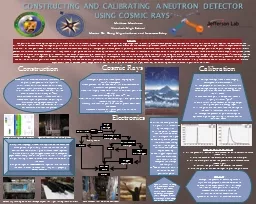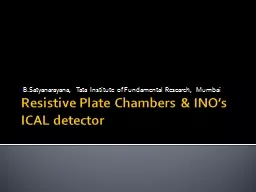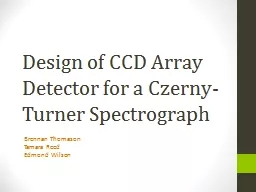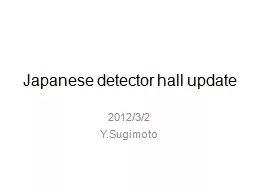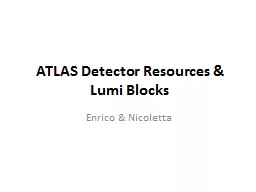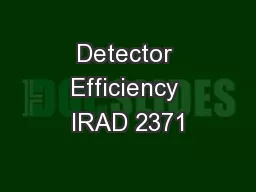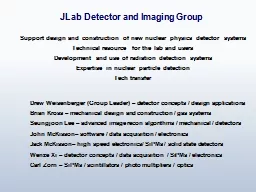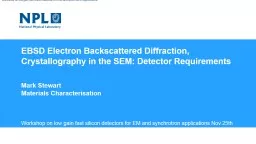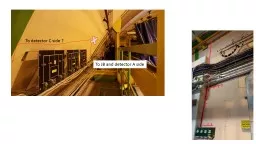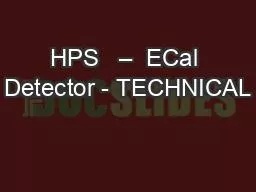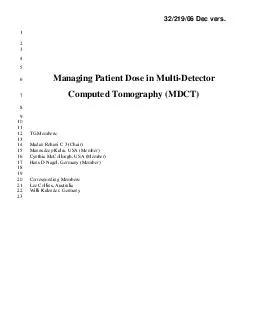PPT-Machine Detector Interface Issues
Author : callie | Published Date : 2024-01-13
Mike Sullivan KEK Accelerator Workshop 2020 January 3031 KEK Japan 1 Outline Introduction Detector Issues Beam Tails Machine Issues Other Issues Conclusion 2 Introduction
Presentation Embed Code
Download Presentation
Download Presentation The PPT/PDF document "Machine Detector Interface Issues" is the property of its rightful owner. Permission is granted to download and print the materials on this website for personal, non-commercial use only, and to display it on your personal computer provided you do not modify the materials and that you retain all copyright notices contained in the materials. By downloading content from our website, you accept the terms of this agreement.
Machine Detector Interface Issues: Transcript
Download Rules Of Document
"Machine Detector Interface Issues"The content belongs to its owner. You may download and print it for personal use, without modification, and keep all copyright notices. By downloading, you agree to these terms.
Related Documents


